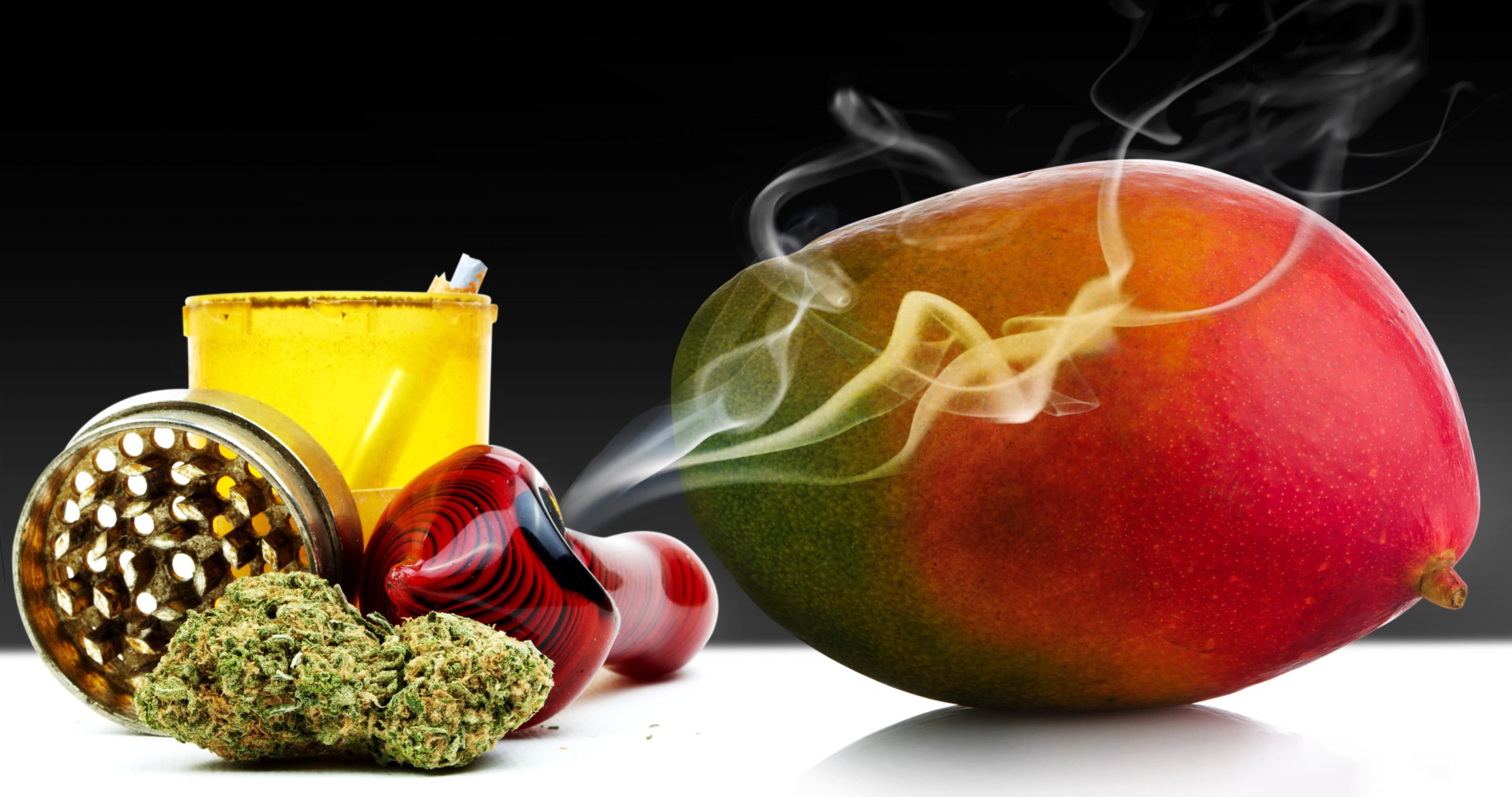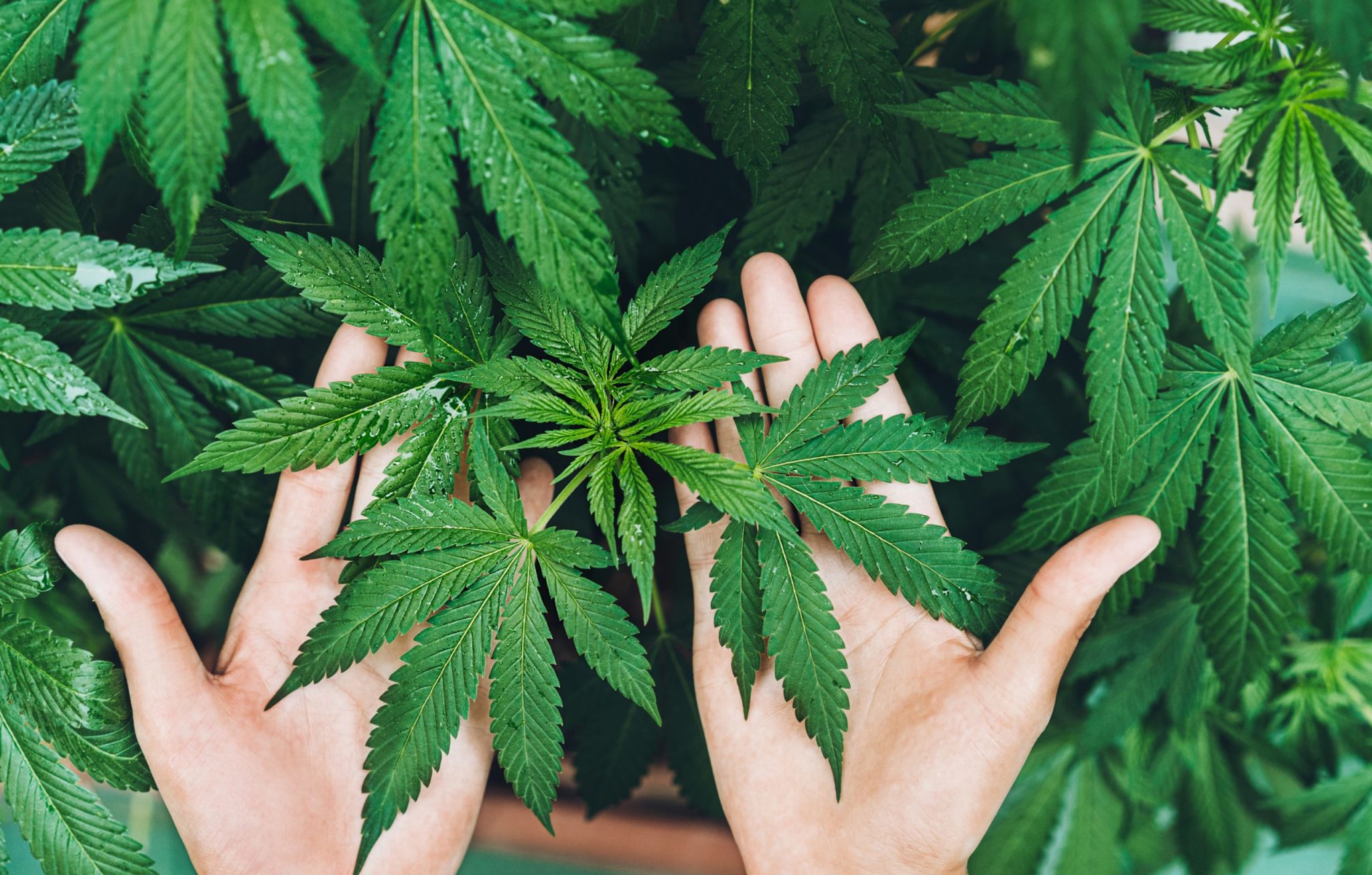If you’re a cannabis enthusiast, you might have heard the rumor that eating mangoes can enhance your high. At DRxDank, we’re all about exploring the science behind cannabis and its interactions with other natural compounds. So, let’s dive into the mango-weed connection and see if there’s any truth to this stoner lore—and how you can experiment with it yourself.
The Mango-Weed Connection: It’s All About Terpenes
The idea that mangoes can intensify a cannabis high centers on a shared compound: myrcene, a terpene found in both mangoes and cannabis. Terpenes are aromatic molecules that give plants their distinct smells and flavors, but they also play a role in how cannabis affects the body. Myrcene, in particular, is known for its earthy, fruity scent and is one of the most abundant terpenes in many cannabis strains, especially those with relaxing, “indica-like” effects.
The theory is that myrcene enhances the effects of THC (the psychoactive compound in cannabis) by helping it cross the blood-brain barrier more effectively, leading to a faster, more intense high. Some also suggest that myrcene contributes to the “entourage effect,” where terpenes and cannabinoids work together to amplify each other’s effects.
What Does the Science Say?
While the mango-weed connection is popular in cannabis culture, the scientific evidence is still emerging. A 2021 study published in Frontiers in Nutrition explored how myrcene might lower resistance across the blood-brain barrier, potentially allowing more THC to reach the brain. This could result in a more potent and faster-acting high. You can read more about this study in this article from Frontiers in Nutrition: Myrcene and Cannabinoid Interactions.
However, no studies have directly tested the effects of eating mangoes alongside cannabis in humans. Anecdotal reports from cannabis users are mixed—some swear by the mango effect, while others notice little difference. Additionally, mangoes contain relatively low levels of myrcene compared to other sources like thyme or lemongrass, so the impact might be subtle.
How to Test the Mango Effect
Want to see if mangoes work for you? Here’s how to try it:
-
Choose a Ripe Mango: Riper mangoes tend to have higher terpene content. Look for ones with a strong, sweet aroma.
-
Timing Matters: Eat the mango about 45 minutes to an hour before consuming cannabis. This gives your body time to metabolize the myrcene.
-
Pair with a Myrcene-Rich Strain: Strains like White Widow or Special Kush, which are high in myrcene, might amplify the effect.
-
Experiment and Observe: Everyone’s body is different, so try it a few times to see if you notice a stronger or longer-lasting high.
Beyond the High: Other Benefits of Mangoes
Even if mangoes don’t noticeably boost your high, they’re a great addition to your cannabis routine. Mangoes are rich in antioxidants, fiber, and vitamins A, C, and E, which can help combat inflammation, support hydration, and satisfy the munchies with a healthy option. Plus, their sweet, tropical flavor pairs beautifully with fruity cannabis strains.
Final Thoughts
The idea that mangoes can enhance a cannabis high is rooted in the science of terpenes like myrcene, but it’s not a guaranteed effect. While research suggests myrcene may help THC cross the blood-brain barrier, the amount in mangoes might be too small to make a significant difference for everyone. Still, it’s a fun and tasty experiment to try—and at the very least, you’ll enjoy a nutritious snack while you’re at it.
Have you tried pairing mangoes with your cannabis sessions? Let us know your experience in the comments!



